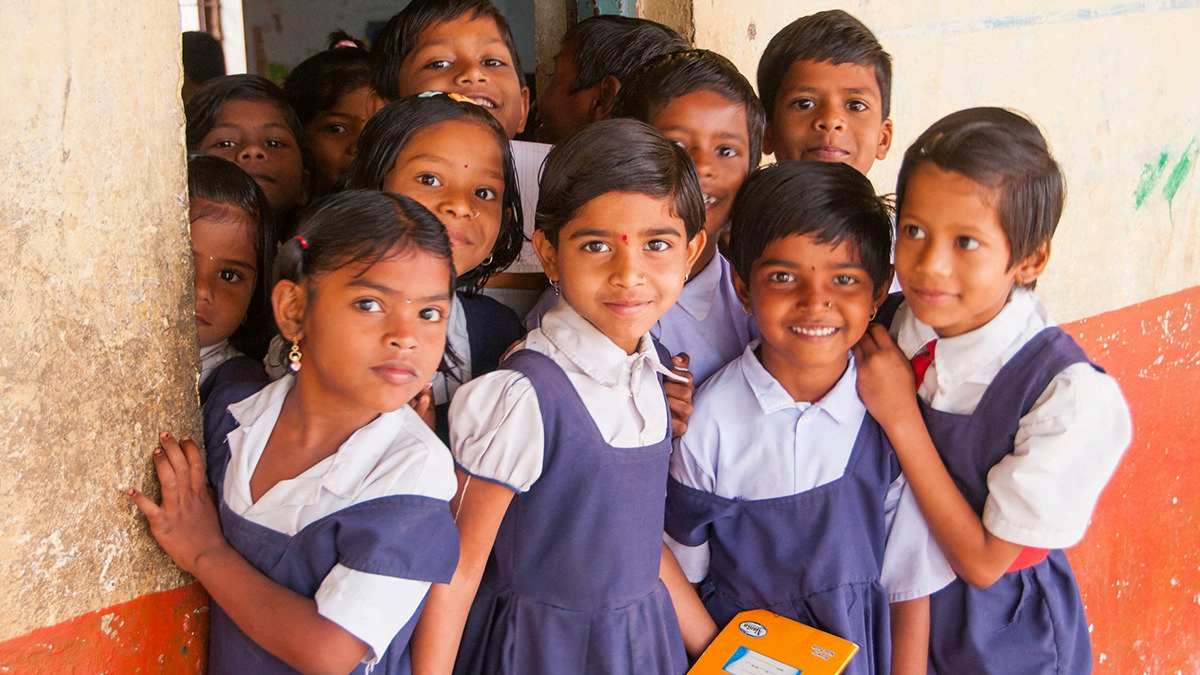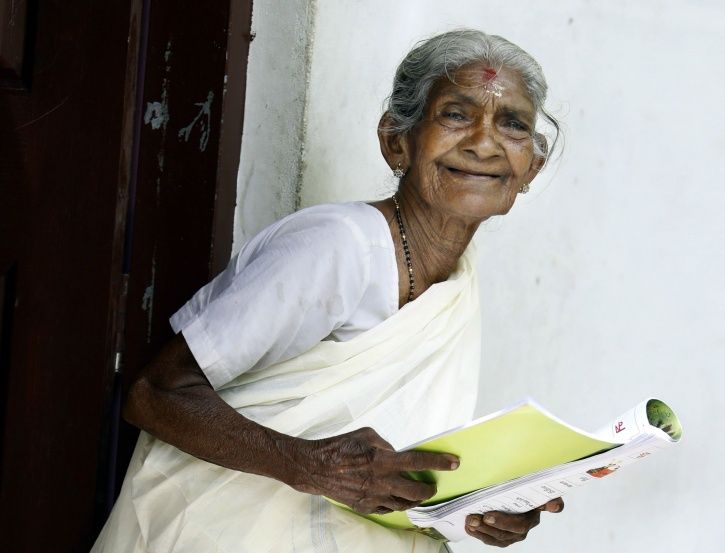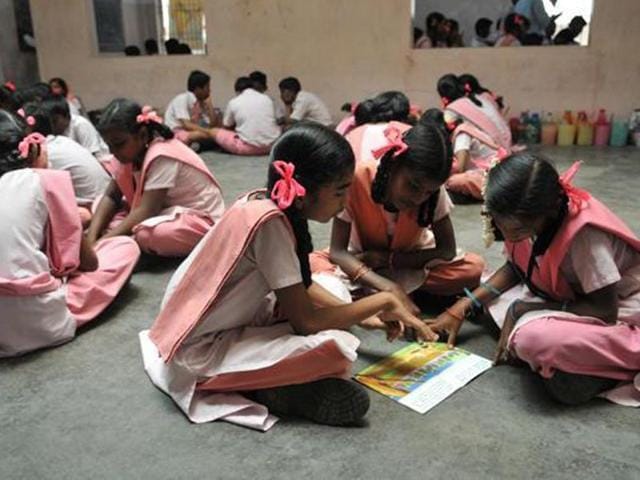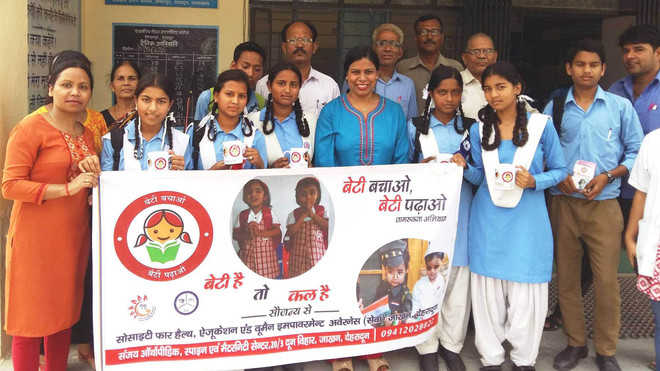Karthyayini Amma who attracted much fame as the oldest learner under the literacy initiative in the country, ‘Aksharalaksham’ (implemented by the Kerala Government) died at the age 101 on Wednesday at her residence in Alapuzha, Kerala. She was bedridden from a recent stroke and breathed her last after inspiring and transforming many to the path of literacy. She worked as a domestic help to raise her six children in her youth, but never stooped before laziness as she encouraged herself to be educated much later in life, at the age of about 96. It was not a mere success- she was the top scorer among the thousands that competed with her back in 2018.
She received 98 out of 100 and the exam included test on mathematical and writing abilities. Her achievement was a milestone for the literacy initiative in the Kerala, thus she became their poster girl. She soon became a model for many, instantly increasing the participation rate in the programme. This unique accomplishment won her the Nari Shakti award in 2020, the highest civil award in the country for women. She was also selected as the Commonwealth of Learning Goodwill Ambassador in 2019. Her new recognitions only kindled her hope for reaching higher. She shared about her desire to pass the tenth level examination and get a job.
Karthyayini Amma inspired many others and among them is Bhageerathi Amma from Kollam district of Kerala. She also had to live a difficult from her young age since she was widowed but her spirit was never defeated. She scored 75% in her IV standard equivalency examination securing full marks in mathematics. Thus, both of these grannies won the highest award together in 2020. Besides this, Bhageerathi Amma was also hailed in the ‘Mann Ki Baat’ radio programme by the PM.
Aksharalaksham: Kerala’s literacy mission
Under the Kerala State Literacy Mission, many programmes are designed, planned and initiated. Among the literacy programmes in Kerala, one of the most impactful was Aksharalaksham launched on the Republic Day in 2018 to reach 100 percent literacy in Kerala. It is meant as an adult education endeavor educating the slum-dwellers, fisher-folks and tribals. It was operated from the ward level, identifying people who needed to be incorporated like the school drop-outs.
Among the literacy programmes in Kerala, one of the most impactful was Aksharalaksham launched on the Republic Day in 2018 to reach 100 percent literacy in Kerala.
However, the programme was well received enthusiastically which was projected in the enrollment numbers. A 100 hour period of instruction was followed by a written examination testing the basic subject knowledge. The programme is still on-going in the state, taking steps to educate 18 lakh people. Aksharasagaram is another part of this, focusing on the people around the coastal area.
Notable literacy and educational programmes
The history of literacy programmes in the country is a diverse one. Among them SSA (Sarva Shiksha Abhiyan) was one of the most noteworthy. But even so, it cannot be purely classified as a literacy programme alone because it was planned and meant as a government programme to achieve universalisation of elementary education in 2000-2001 under the former PM Atal Bihari Vajpayee. It literally means ‘education for all’ and it emphasised on education of girl child, providing basic amenities in support of elementary education, computer education, teacher training, etc. it steadfastly brought the large number of under privileged children to schools.
It was a success both in terms of implementation and participation, thereby the programme is continued with its modifications even now. SSA was followed by RMSA (Rashtriya Madhyamik Shiksha Abhiyan) in 2009 and RUSA (Rashtriya Uchchatar Shiksha Abhiyan) in 2013. RMSA was meant to transform the secondary education with the necessary equipment, facilities and teaching, non-teaching staff and curriculum. Meanwhile, RUSA broadly purgated the higher educational system, defining the role of lecturers, subject combinations, emphasis on science studies, ranking, examination system, etc. Though none of them was an exclusive initiative for literacy, it directly boosted the development of the country in all the major fields with the years.
Kanyashree is another well received financial assistance programme by the West Bengal government in October 2013. It was provided for the education of girl children from the 7th standard to post graduation. The sole purpose behind it was to drastically reduce the child marriage in the state since West Bengal, Bihar and Rajasthan had high rates of child marriage. After the on-ground implementation, the percentage of married girls in the age group 18-19, was reduced to 34.1 (in 2019-21) from 39.1 (in 2015-16). However, the 41.6 percent of married women in the age group 20-24 remained constant during the same course of time. Though, it could not contain a tremendous change yet, according to a research paper published by Najrul Mir, the programme has created a social impact in the state. It has lowered rates of female child exploitation, torture or sexual abuse. Moreover, Ruposhree was added to it. It is a programme meant to give 25,000 to the Kanyashree girls at the time of their marriage attracting many parents to the scheme.
Kanyashree is another well received financial assistance program by the West Bengal government in October 2013.
The District Social Welfare Officer (DSWO) of Malda, Ashok Kumar Poddar says, ‘Now the situation is changing, girls are benefitting from the government schemes. Kanyashree is best implemented across the district but we must consider the fact that more than 50% of the rural inhabitants of Malda are migrant labourers. These families are initially reluctant to enrol themselves under Kanyashree scheme as males or head of the families live outside the district.‘
Government initiatives for girl child education
Beti Bhacho Bheti Padhao (BBBP) launched by PM Modi in 2015 at Panipat, Haryana is another major scheme in the educational endeavors of the country especially caring for and nurturing the girl child. It was started as a crucial step to increase the declining child sex ratio in the country. As a nation-wide programme, it was meant to operate nationally covering all Indian states. It included advertisement campaigns, awareness programmes, street plays, incentives for child raising, etc. Within years of execution, it did bring changes in girl child sex ratio, yet those areas that lag behind remained without much difference. Also, the factors that negatively impacted it included poor implementation at the grass-root level, wastage of major portion of fund for advertisement campaigns, inefficient utilisation of funds, etc.
The country needs all these programmes, but with a more effective work force undertaking them effectively. Only then will it prove fruitful. Though all of these initiatives have attained results, only some of them could bring in a tremendous change. This is why the much touted names remain only as part of ads instead reaching out to the margins of society. Corruption and political motives often drive them to undesirable directions, thus foundering them.
Besides these, the message conveying the importance of education, especially of the girl child, should reach the citizens to initiate development and upliftment. Girl child education not only leads to national development in various dimensions but it also ensures the spreading of education to the next generation. To coclude, we must remember what Malcolm X said: ‘If you educate a man, you educate an individual, but if you educate a woman, you educate a family, a nation.‘
About the author(s)
Vidhu (she/her) is an emerging writer with Masters in English language and literature, keen on learning the politics of the world around her. She has dreams to create a career in journalism and writing, where she unburdens her self. She has a great taste for movies from varies geographical spans and pens down poetry in magical charms. She is open to projects or research centring on humanities.








